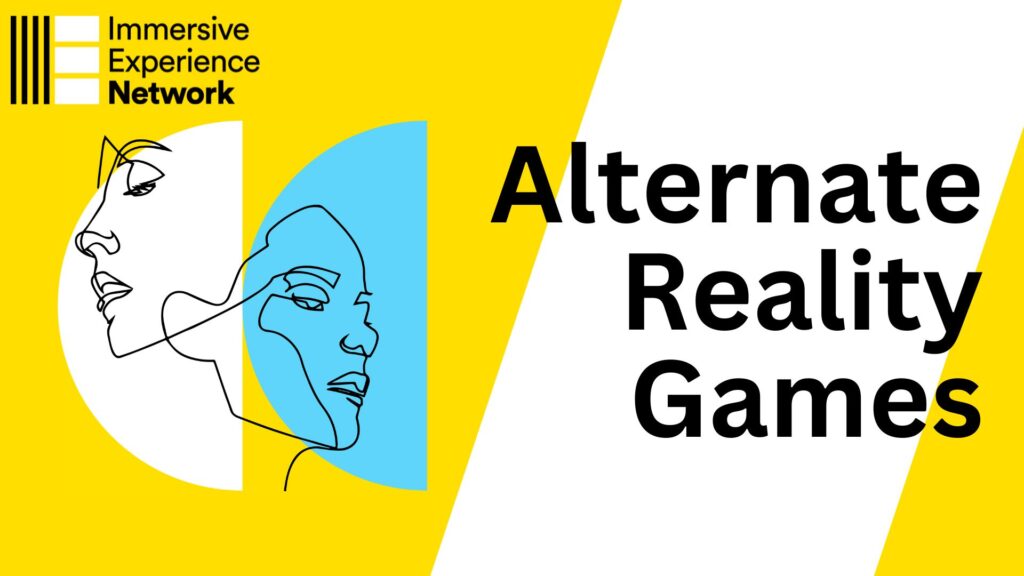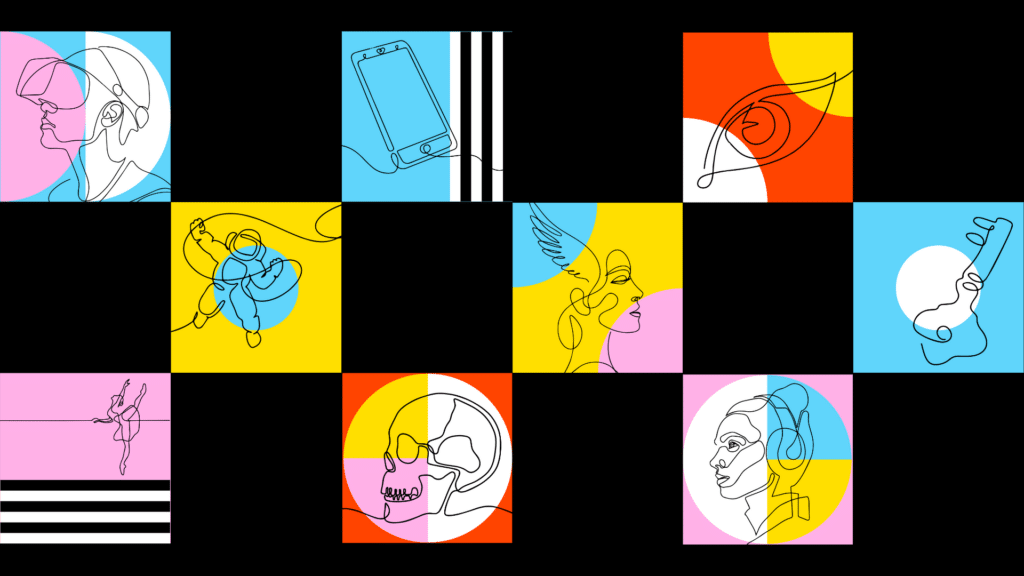What are ARGs?
Alternate Reality Games (ARGs) are interactive networked narratives that use the real world as a platform, often involving multiple types of media and game elements to tell a story that may be affected by the players.
Transmedia storytelling, closely related to ARGs and arguably a key element of ARGs, involves telling a single story or story experience across multiple platforms and formats.
Think of an ARG as a choose your own adventure game which is delivered via many different things players see and hear in daily life, which might be both digital and non-digital.
Unlike traditional video games, ARGs blend the digital and physical world, creating an immersive experience that leverages the internet, social media, real-world locations, and physical artefacts. ARGs are also known by other names like immersive gaming, or pervasive games.
Where did ARGs come from?
A widely cited precursor to modern day ARGs was Ong’s Hat, a story that emerged in the late 1980s and early 1990s and blended elements of science fiction, and alternate dimensions. Some might have encountered Ong’s Hat through online forums or bulletin board systems where discussions about conspiracy theories were common. Ong’s Hat, while exhibiting many ARG-like qualities, might be better described as an early example of immersive, participatory storytelling that influenced the development of ARGs.
The more formalised concept of ARGs can be traced back to the early 2000s, with the game ‘The Beast’, created to promote the Steven Spielberg film ‘A.I. Artificial Intelligence’, often cited as the first ARG.*
Sean Stewart, who worked on ‘The Beast’, said the following on his website: “At the beginning of 2001, visionary genius and all-around nice guy Jordan Weisman invited me to be the lead writer on a project designed to generate interest in the world of the upcoming Steven Spielberg movie…Jordan’s idea was that we would tell a story that was not bound by communication platform: it would come at you over the web, by email, via fax and phone and billboard and TV and newspaper, SMS and skywriting and smoke signals too if we could figure out how. The story would be fundamentally interactive, made of little bits that players, like detectives or archaeologists, would discover and fit together. We would use political pamphlets, business brochures, answering phone messages, surveillance camera video, stolen diary pages…in short, instead of telling a story, we would present the evidence of that story, and let the players tell it to themselves.”
What makes ARGs immersive?
Cross-platform narrative
One of the key elements that make ARGs immersive is the use of multiple platforms to unfold the narrative. Players might receive clues through social media, decipher puzzles on websites, and attend real-world events, creating a rich, multi-layered story experience. This cross-platform approach ensures that the game infiltrates the players’ daily lives, making the narrative feel more real and immediate.
Real-time interaction
ARGs often unfold in real-time, with new story elements and puzzles released according to a schedule or in response to player actions. This dynamic storytelling method creates a sense of urgency and engagement, as players must stay alert to new developments and collaborate to progress through the narrative.
Collaborative problem-solving
The complexity of ARG puzzles and the breadth of the narrative often require players to work together, sharing theories, and solutions in online forums or through social media. This collaborative aspect fosters a sense of community and collective intelligence, making the experience more immersive and rewarding.
Integration with real life
Perhaps the most distinctive feature of ARGs is their ability to blur the lines between the game and reality. Players might find clues embedded in everyday locations, receive phone calls from characters, or attend in-person events that are part of the game narrative. This integration makes the fictional elements of the game feel tangible and believable.
How are ARGs similar to, or different from, other immersive experiences?
In the same way as LARPing, escape rooms and immersive and interactive theatre ask participants to play an active role in the storyline, so too do ARGs. Unlike these other kinds of experiences, however, ARGs take place in the players’ own time and as part of their daily life.
Examples of ARGs
‘The Black Watchmen’ calls itself ‘the first permanent alternate reality game’, and blends video game elements with the real world, creating an immersive narrative where players become agents of a secret society. Participants solve complex puzzles and engage in field missions, often requiring research and teamwork. The story is interwoven with historical fact and current events, and during active seasons it includes live events with international participation.
In the alternate reality of ‘Welcome Home’, the fans’ nostalgic bid to memorialise a late 1960s and early 1970s kids’ TV show takes a dark turn. The story plays out on a fandom website about the TV show, with players gathering clues as they learn more about the cursed past of the production. The game website is updated every few months with new clues.
‘Boomtown Fair’ is not only a real world UK music festival, but also an ARG that has been running since 2009. It has multiple themed districts, and an ongoing narrative with each year’s ‘Chapter’ building on the last through elaborate sets, live actors, and interactive games.





